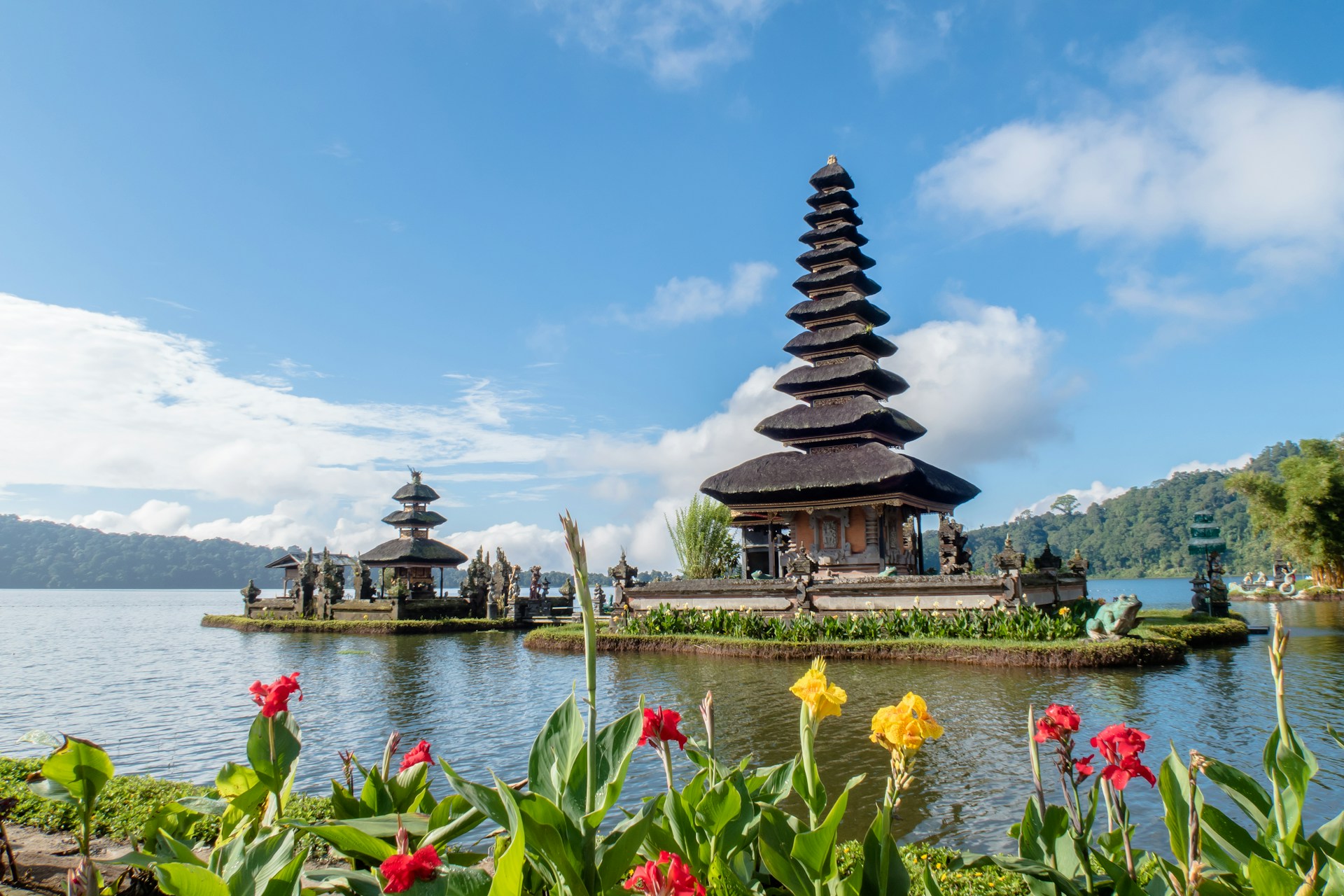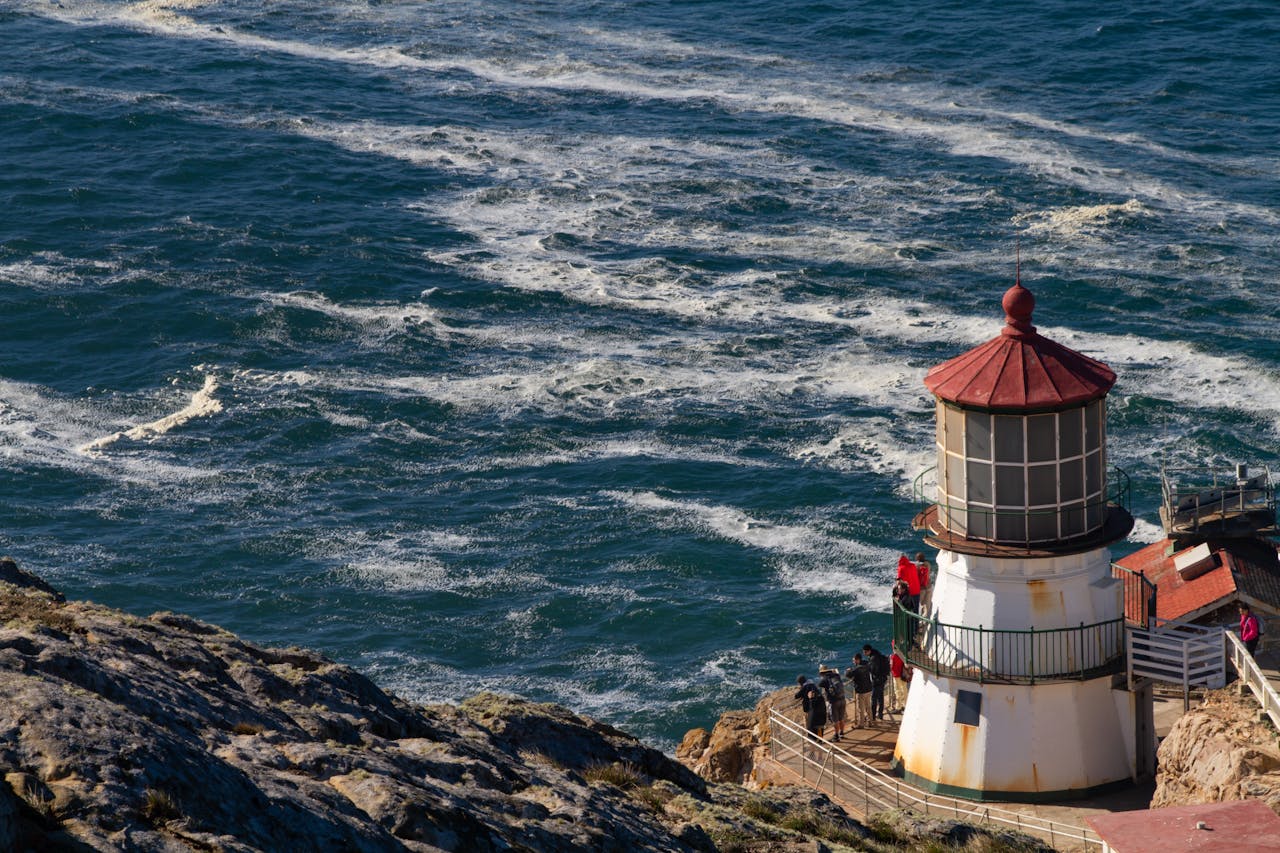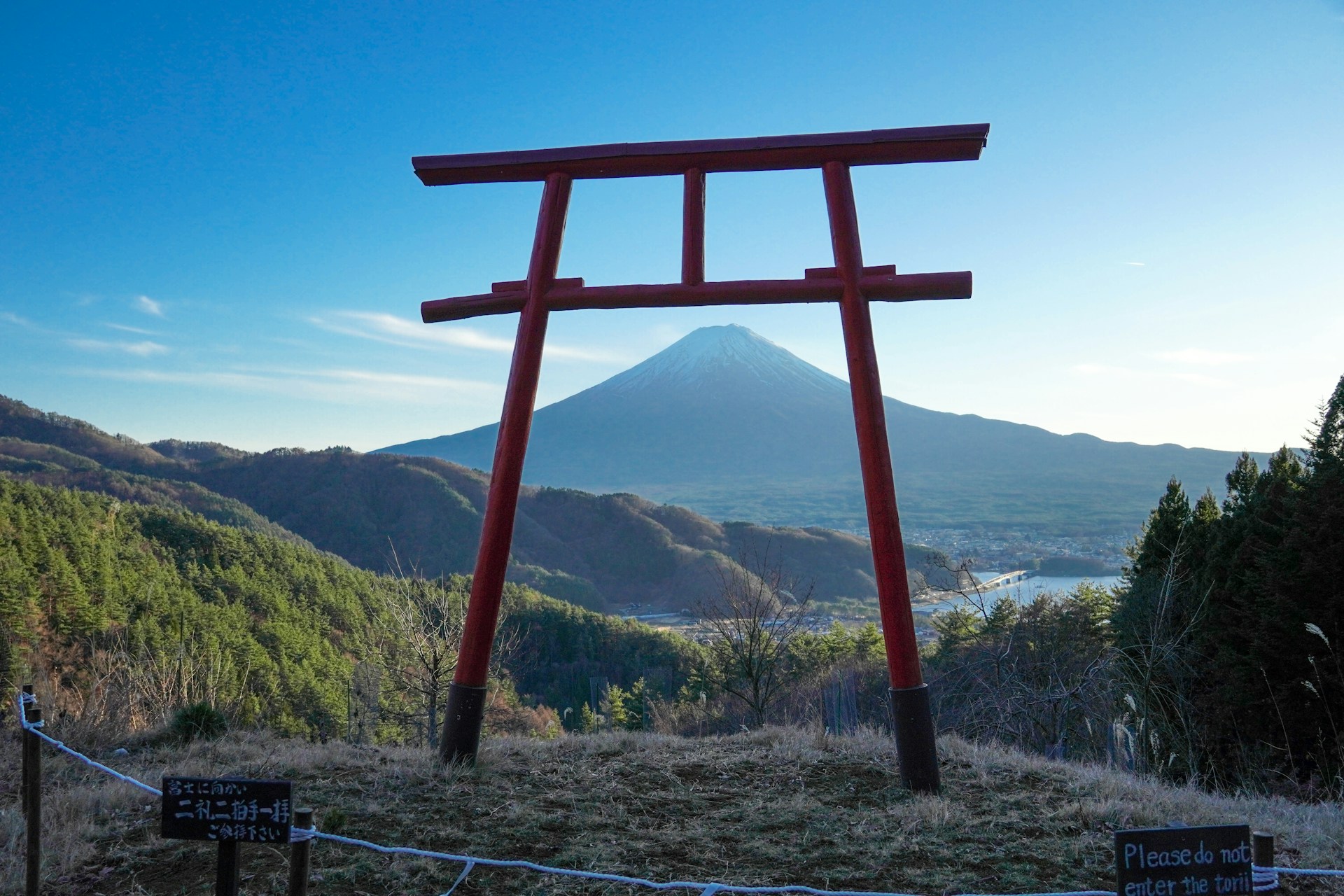Crowds used to signal success. Lately, they signal strain. In city centers and fragile islands alike, residents describe rising rents, clogged streets, and public spaces bending toward visitors over daily life. Tensions do not always cancel hospitality, but they change the mood. Campaigns ask certain tourists to stay away, ports cap ships, and communities march for limits. What this really means is that travel’s social license is being renegotiated, place by place, season by season.
These destinations are not closed, yet the reception has cooled. Some are pushing back on party tourism, others wrestle with cruise surges, housing pressure, or geopolitics. The common thread is a plea for respect and balance. Understanding the why behind the chill, policy, protest, or simple fatigue, helps explain the mixed signals travelers report. Below are places where the welcome feels conditional, the rules stricter, and patience thinner, even as the scenery stays magnetic.
Amsterdam, Netherlands
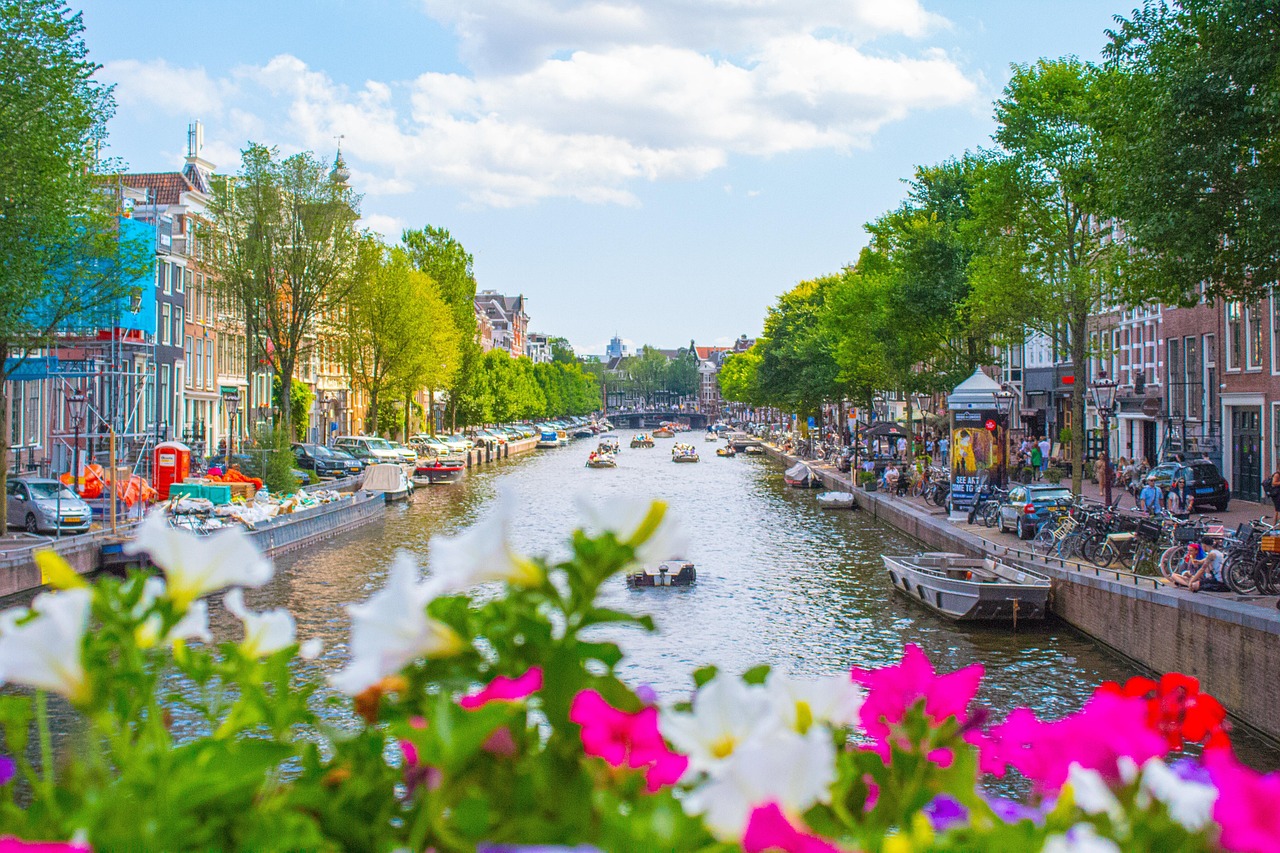
Amsterdam’s message grew blunt with the Stay Away campaign targeting rowdy nightlife tourism. The city stacked dozens of measures, from halting new hotels to tightening short lets and raising tourist taxes. An interactive quiz pushes respectful behavior, while hotel nights and prices still climb, especially in crowded corridors. For many residents the tone has shifted from tolerant to tired, and the welcome now arrives with firm boundaries and clear consequences for bad behavior.
Paris, France
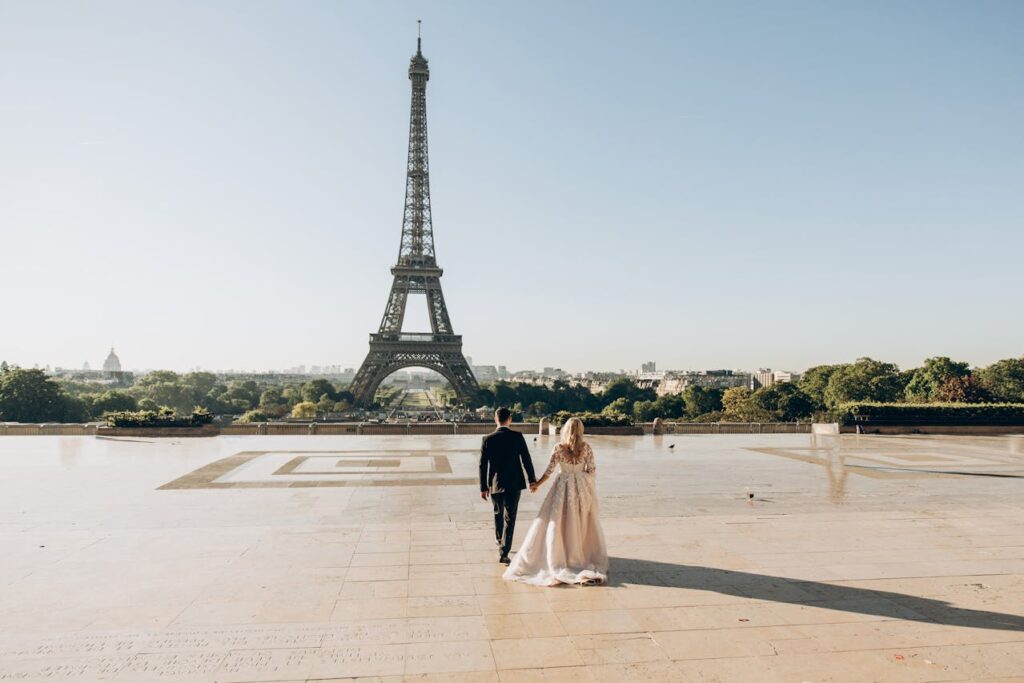
Paris remains luminous, yet strain shows in packed metros, long queues, and neighborhoods reshaped by visitor demand. Overnight stays surged in 2023, concentrating pressure in Montmartre and near key monuments where patience thins at peak hours. Debates on overtourism have sharpened as cafes and rentals tilt away from locals. Authorities sketch strategies, but on the ground the vibe can feel fatigued. The city still dazzles, while residents ask for space, quieter streets, and time to breathe.
Canary Islands, Spain
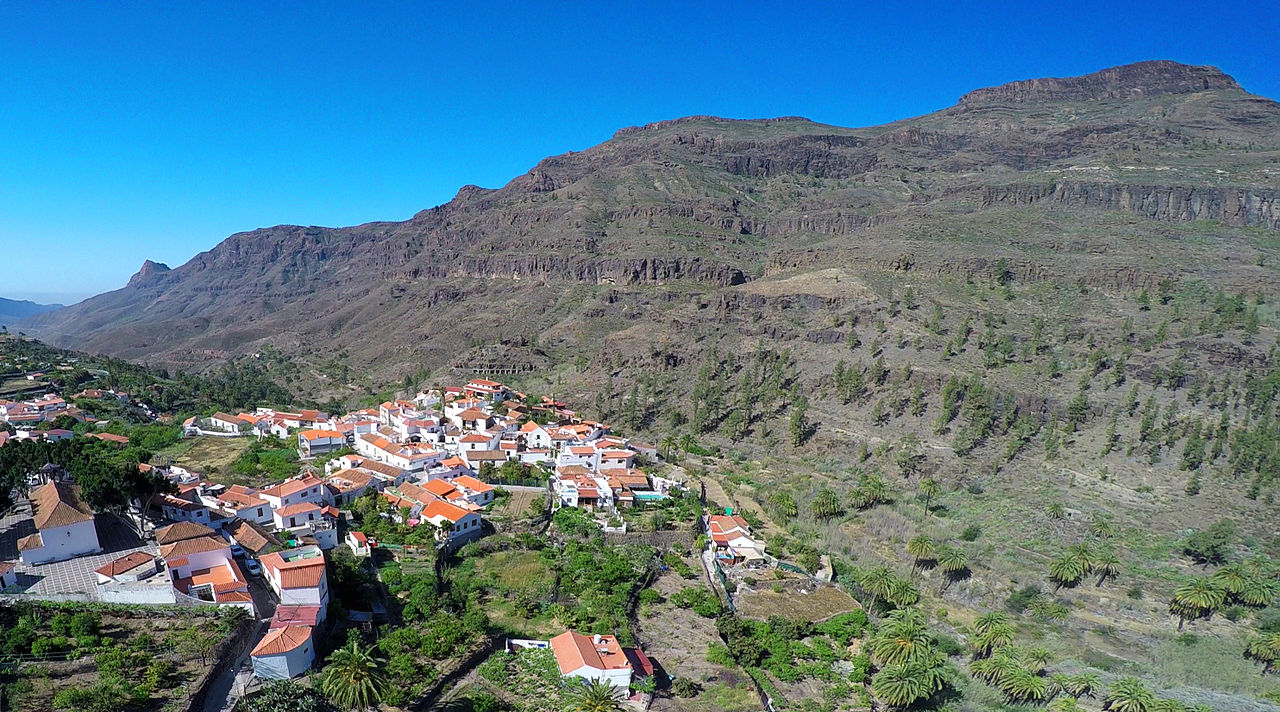
On these Atlantic islands, backlash turned public as tens of thousands protested in 2024 for limits that protect water, housing, and fragile landscapes. Tourism anchors jobs and GDP, yet activists argue unchecked growth worsens inequality and erodes daily life. Policymakers now discuss reserving most residential areas for permanent residents. Hospitality remains, but it is increasingly conditional, shaped by livelihoods on one side and ecological survival on the other, with enforcement expected to tighten.
Venice, Italy
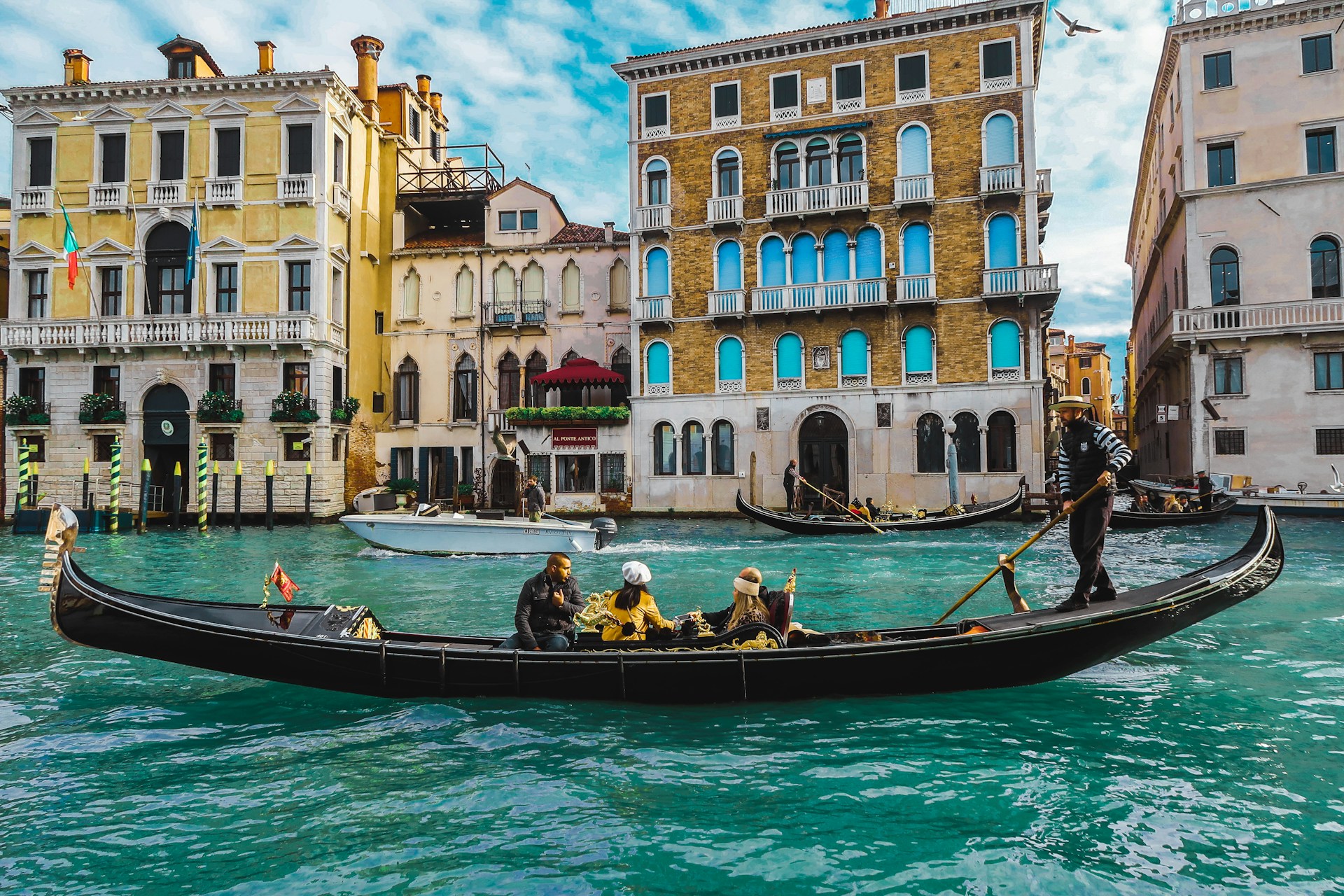
Venice’s patience with cruise surges snapped years ago, then a dock collision hardened resolve to keep the biggest ships away from the historic center. Day fees and access rules now manage day trippers who flood bridges and alleys, turning errands into obstacle courses. Winters can feel saner, summers still strain. Businesses pivot between mass footfall and cultural stewardship. The romance endures, but the city insists on limits to safeguard its foundations, rituals, and silence.
Zakynthos, Greece
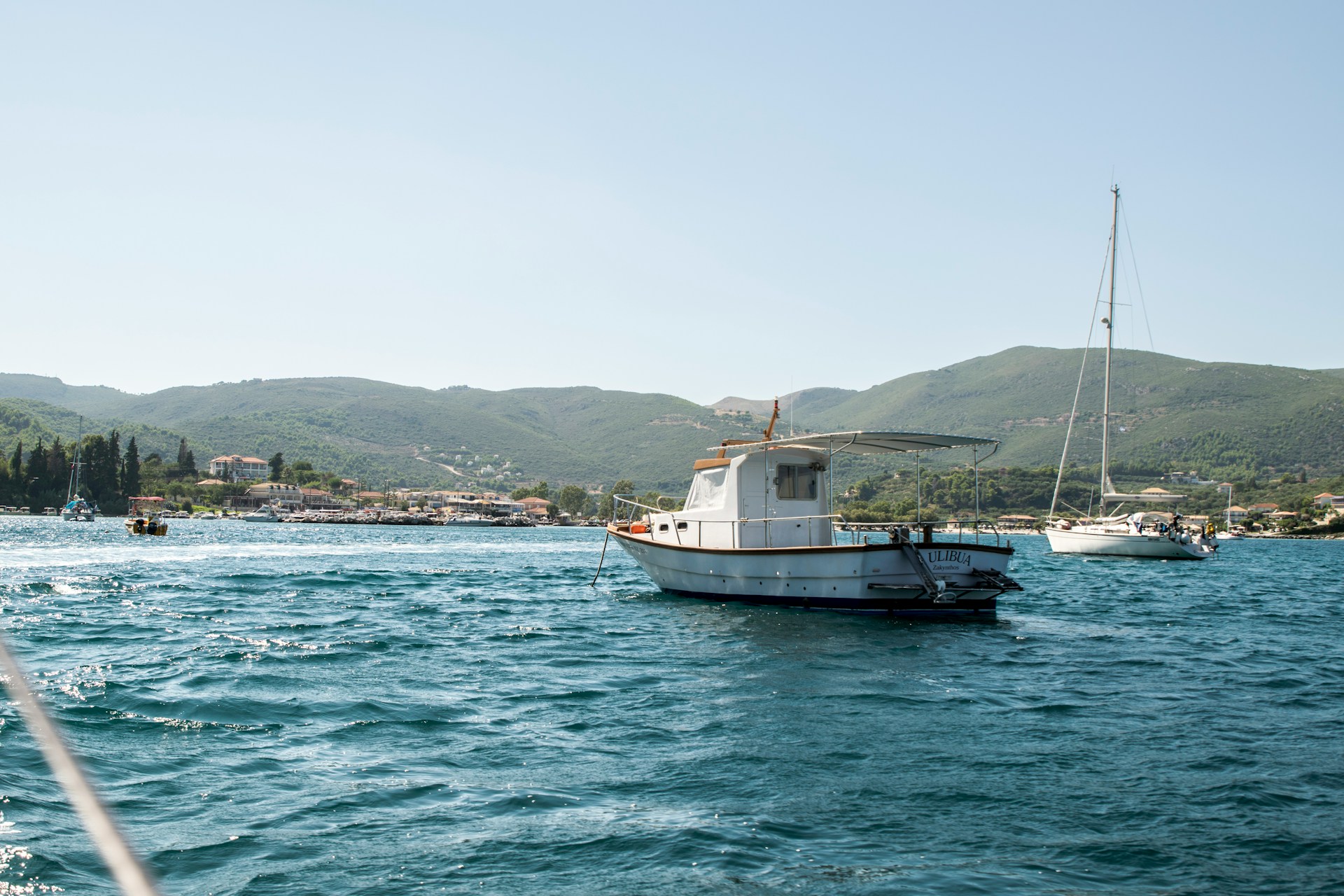
Zakynthos, famed for Navagio Beach, now ranks among Europe’s most pressured islands. With a small resident base and oversized arrivals, 2023 brought ratios that made ordinary life feel like standing in permanent lines. Shops and restaurants lean toward transient tastes and tourist pricing, while infrastructure wrestles with peak season loads. Visitors still arrive for turquoise coves and sunlit cliffs, yet locals describe a place calibrated for short stays, not community renewal, and the welcome feels thinner.
Barcelona, Spain
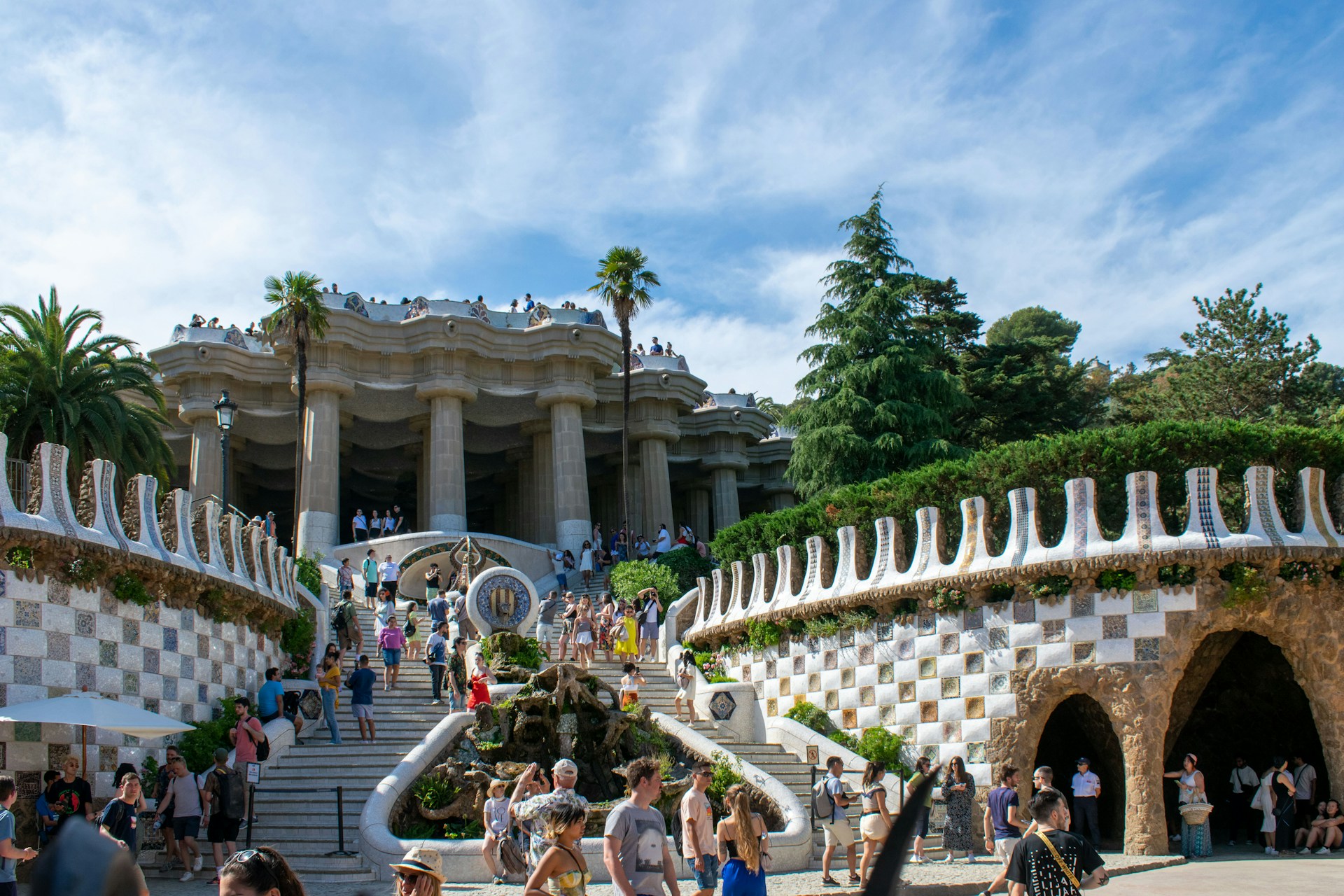
Barcelona’s renaissance arrived with a bill. Central neighborhoods saw flats turn to short lets, pushing rents up and families out. Anti noise banners hang from balconies, and the city adds rules that target party behavior and illegal rentals. The cultural scene still dazzles, yet patience for stag itineraries has evaporated. As urban life bends toward visitor flows, residents push back to reclaim civic space. Warmth remains for mindful guests, cooler for volume driven weekends.
Kyoto, Japan
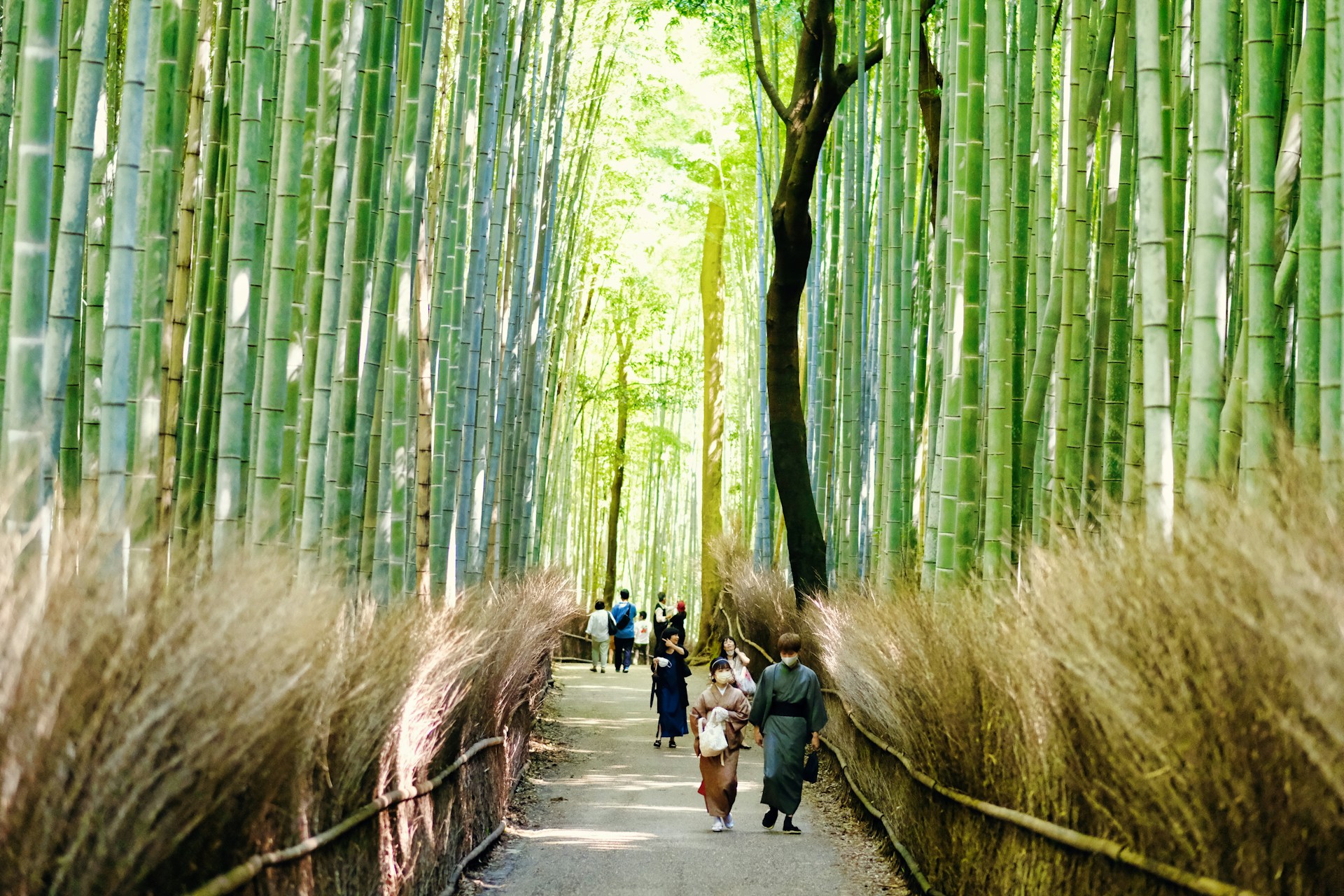
Kyoto’s temples and machiya lanes have become saturation points. In Gion, residents report blocked paths and intrusive photography that disrupts daily routines. The city rolled out etiquette campaigns and, in places, restricted access to protect geiko and maiko districts. Cultural wealth has not thinned, civility has been stretched. Respectful behavior still opens doors, but the ambient mood reflects fatigue with spectacle tourism. The invitation reads as heritage first, visitor convenience second, crowd control always.
Bali, Indonesia
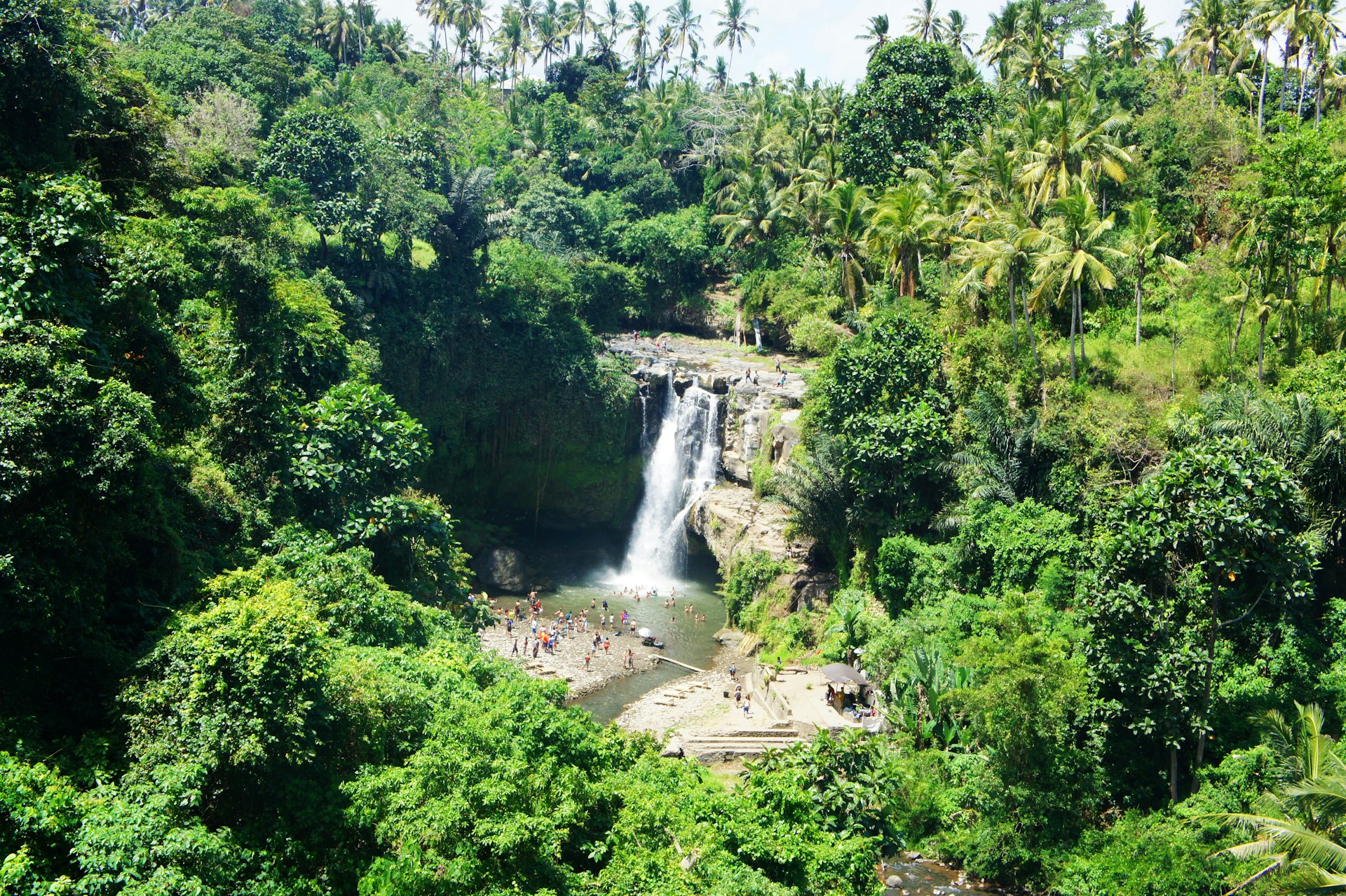
Bali’s welcome is famous, though recent years tested it. As arrivals grew, so did reports of misused visas, traffic chaos, and cultural disrespect at temples and ceremonies. Authorities responded with fines, deportations, and a behavior code aimed at safeguarding sacred sites. Overbuilt coastlines and strained roads add friction, while villages balance economic gains with the need for calm. Hospitality remains, yet guardrails are higher, and the island signals that ritual life sets the tone.
North Korea
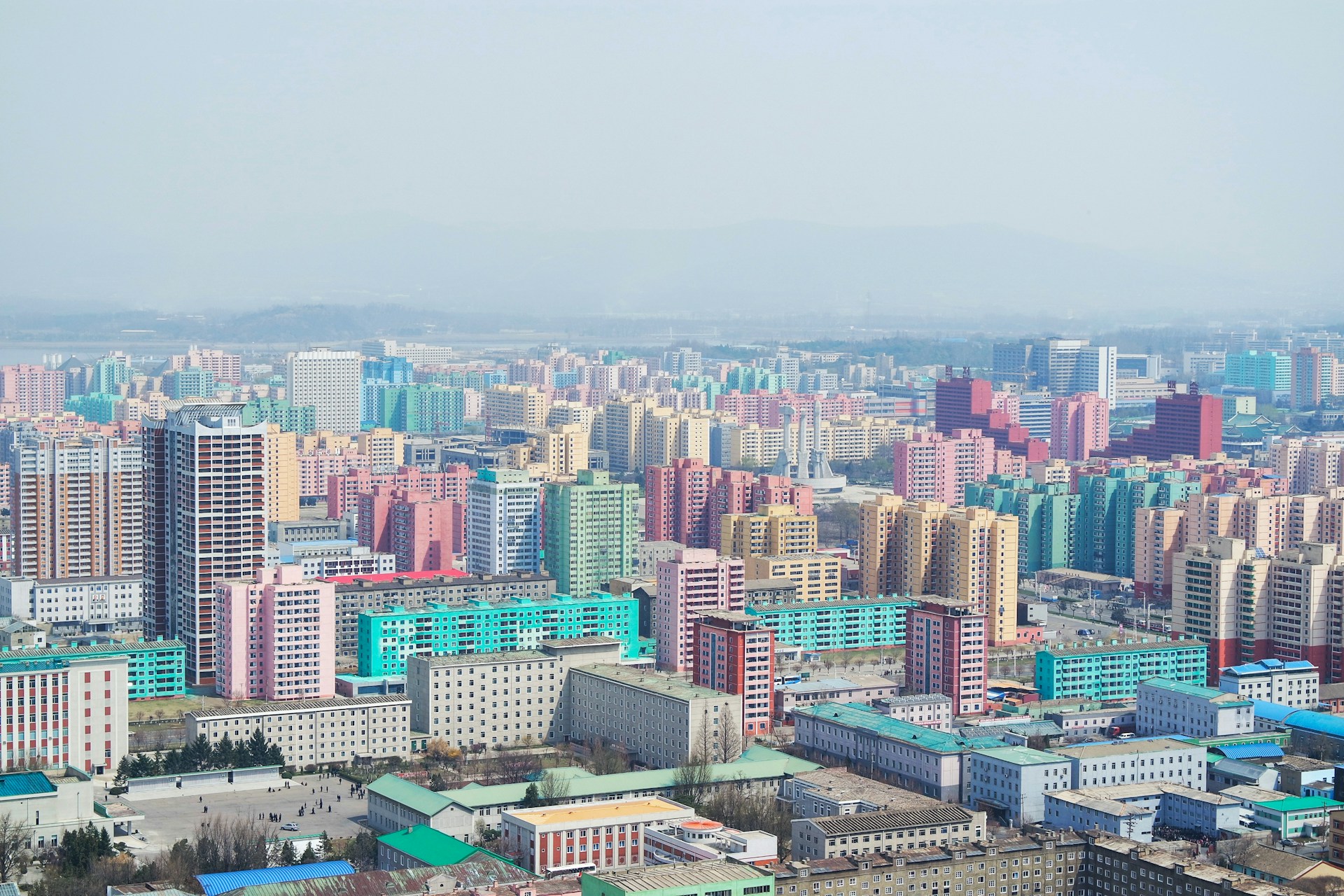
Here the chill is systemic. Travel runs under strict supervision with assigned guides, fixed routes, and tight photo rules. Spontaneity is absent by design, and conversation carries boundaries that rarely soften. The political context and staged settings create an atmosphere where visitors feel managed rather than welcomed. Curiosity about a closed state persists, yet the social texture is curated to the point of sterility. Access is granted, warmth is withheld, and rules are absolute.
Iran
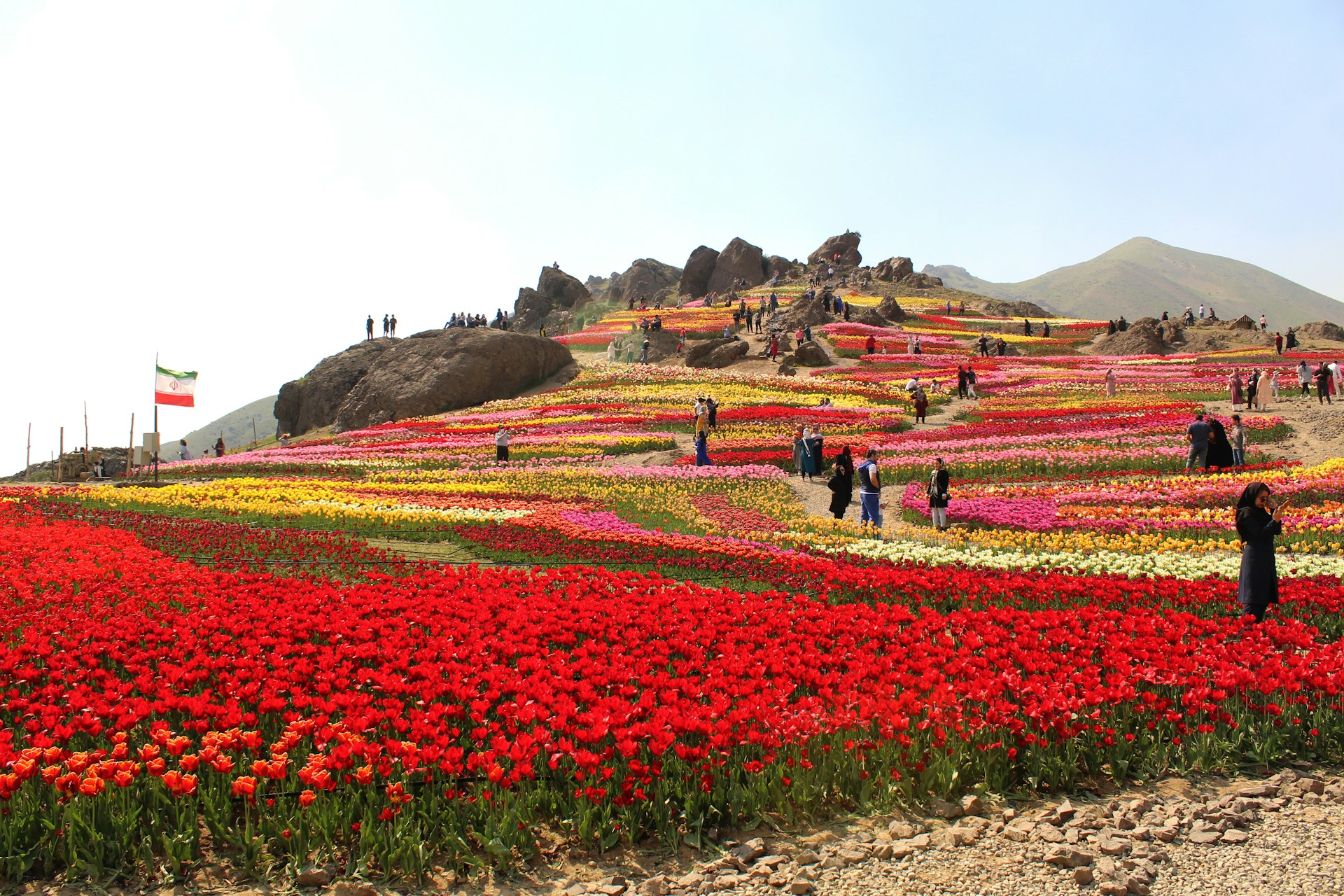
Iran’s paradox endures, renowned hospitality threaded through a tense political climate. Travelers speak of generous encounters, tea invitations, and openhanded help, yet logistics can be complicated by sanctions, banking limits, and security sensitivities. Relations with Western governments color perceptions before a trip even begins. The result is layered, warmth at the household level and caution in the wider frame. People may invite, the environment feels guarded, which tempers the overall sense of being welcomed.
Russia
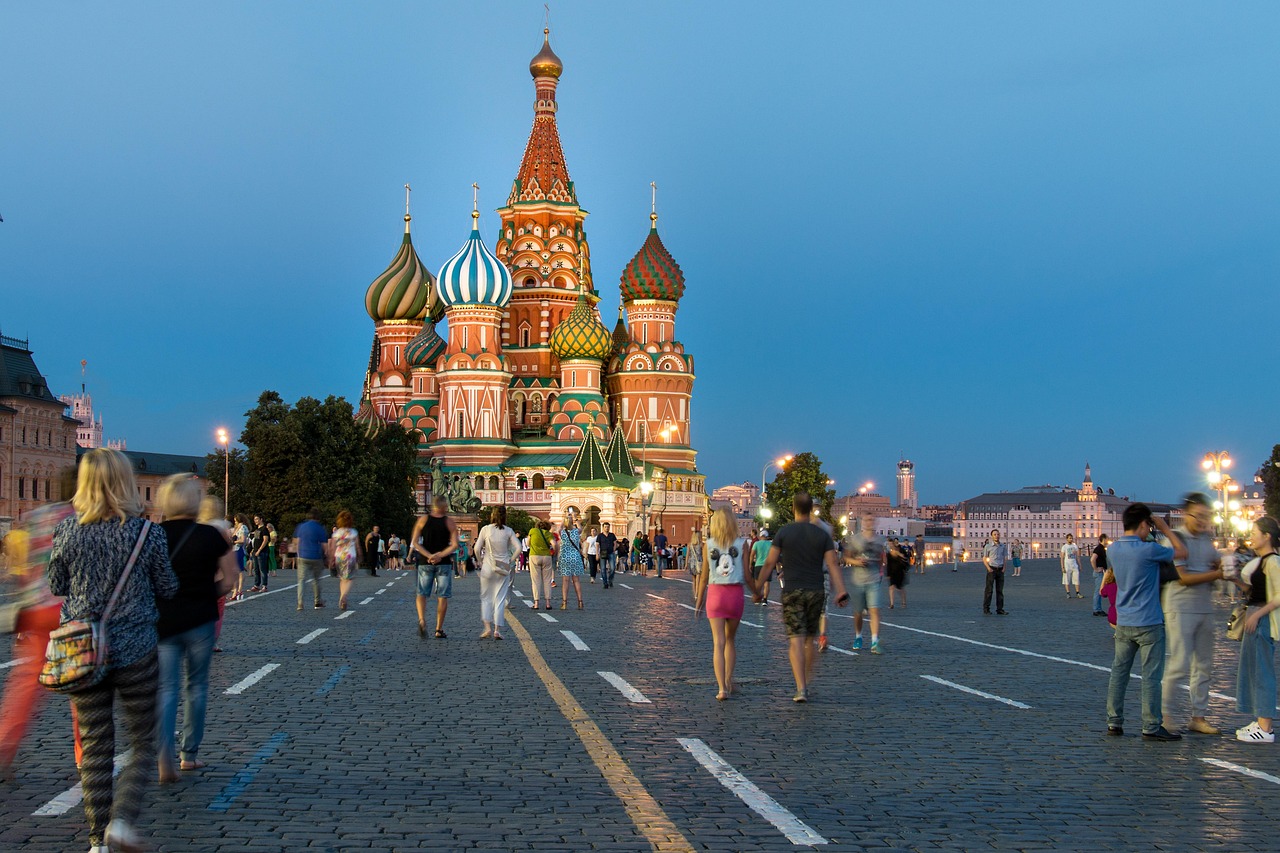
Visiting Russia now often means navigating geopolitics first, culture second. Visa hurdles, flight changes, and financial restrictions complicate plans, while news cycles shape expectations. On the ground, historic cities remain compelling, yet conversations can be careful and administrative processes slow. The aggregate mood reads as aloof rather than embracing. For many travelers, the journey feels like a bureaucratic obstacle course, even as art, architecture, and winter light continue to astonish with undeniable force.
India
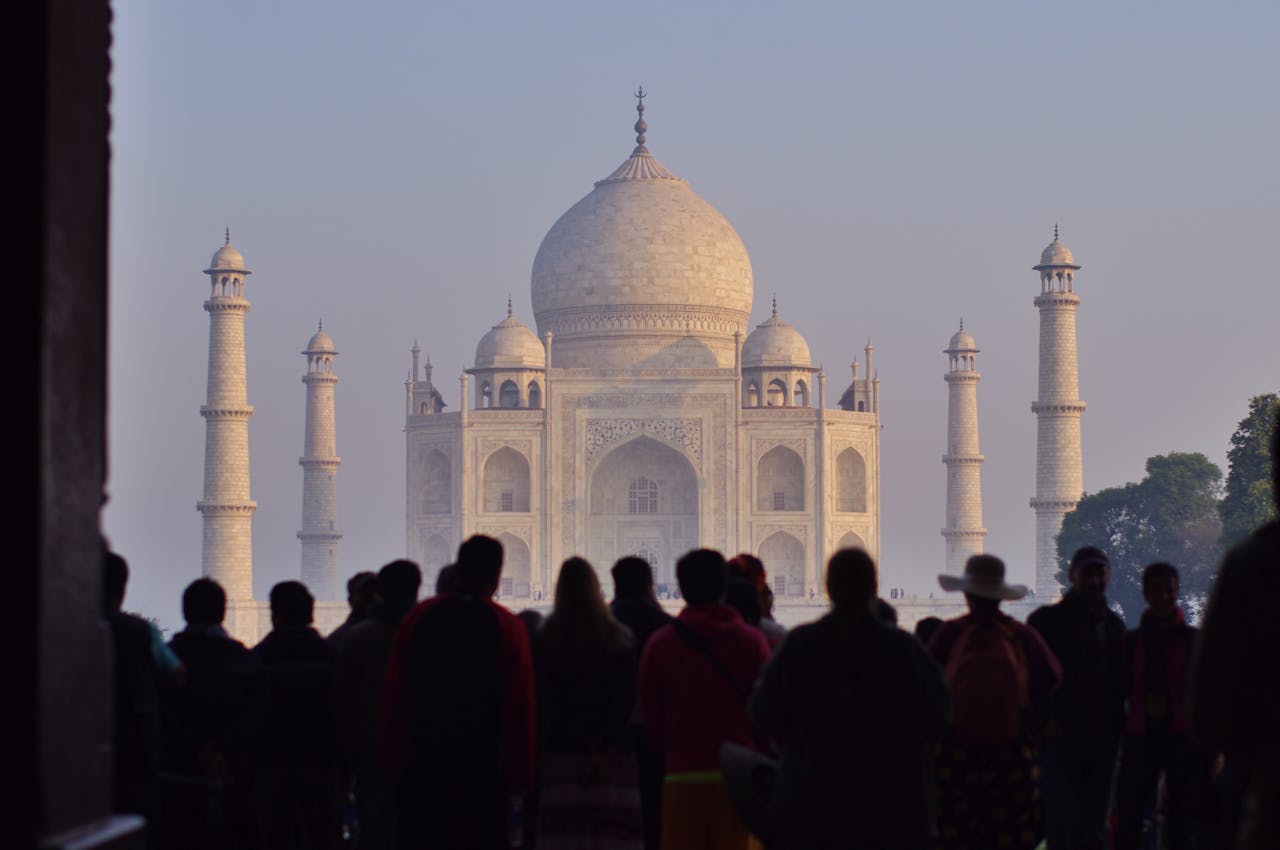
India’s scale is the marvel and the challenge. Overburdened airports, rail hubs, and heritage sites amplify the sense of overwhelm, while monsoon stress tests expose gaps in drainage and transport links. Iconic districts can feel engineered for visitors, with prices and priorities to match. None of this erases the country’s deep tradition of hosting, but it shapes perceptions. Hospitality arrives through congestion and noise, and the invitation stands, tempered by growth and uneven infrastructure.
